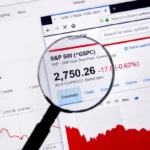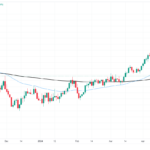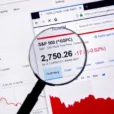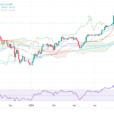
Let’s assume we are in fact late-cycle.
Some folks will tell you that’s not the case and they’ll roll out all kinds of cherry picked metrics to support their contention that “mid-cycle” is a better description of where things stand. One thing worth noting about those arguments is that they are incomplete if the person making them doesn’t at least acknowledge that central banks are the X-factor here – if we aren’t late cycle it’s only because central banks are keeping things in limbo. The goal posts keep getting moved. It’s no longer clear what it is central banks are targeting. It’s a never-ending fight to achieve something that’s not well-defined. This has the effect of changing or at least suspending the rules. For instance, earlier this year Citi noted that although “the corporate leverage clock has marched on to Phase 3, central banks have managed to hold the credit spread clock back in Phase 2.”
As risk premia compress further on the back of the global hunt for yield engineered by central banks, investors are pushed out the risk curve and/or down the quality ladder and/or into illiquid assets – anywhere they can locate some semblance of yield. All of that creates distortions – in the credit market for instance, it’s manifested itself in a rather glaring disconnect between spreads and measures of corporate leverage.
In any event, if one characteristic of late-cycle environments is an increasingly desperate search for yield, well then it’s probably fair to say that we’re checking at least one late-cycle box.
This week, Goldman was out with their list of “top 10 themes” for 2018 and number 10 on that list is “Late-Cycle Imbalances: Illiquidity Is the New Leverage.”
Goldman starts by recapping what they correctly note has become a narrative so ubiquitous that it barely bears repeating. “In the last cycle, the search for yield drove investors to apply high leverage to structures that featured some pretty dramatic mismatches between maturity and liquidity,” the bank writes, adding that “when runs on funding forced an unwind of those structures and trade positions, it set in motion a downward spiral in prices.”















